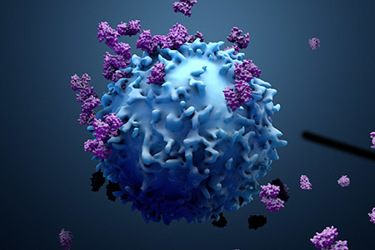Comprehensive Characterization Of O-Linked Glycosylation In Etanercept By Electron Activated Dissociation (EAD)
By Haichuan Liu, Xuezhi Bi, and Zoe Zhang

This technical note highlights the power of electron activated dissociation (EAD) for confident identification and unambiguous localization of O-linked glycosylation in etanercept. The unique ability of EAD to pinpoint the positions of glycosylation further enabled differentiation of positional isomers of O-glycopeptides.
Glycosylation is a common post-translational modification (PTM) that plays a critical role in antibody effector functions.1 Comprehensive characterization of N- and O-linked glycosylation in protein therapeutics is essential for ensuring drug safety and efficacy.1 When applied to glycopeptides, traditional collision-based MS/MS approaches, such as collision induced dissociation (CID), result in the loss of labile glycan moieties. Hence, accurate determination of glycosylation sites using CID is extremely challenging, particularly for O-glycosylation without a consensus sequence. Compared to CID, EAD is superior in glycopeptide analysis given its ability to preserve the glycan structures in the fragments.2–4
Etanercept is a dimeric fusion protein consisting of two tumor necrosis factor receptor (TNFR)-Fc chains with 3 N-glycosylation and 13 O-glycosylation sites on each chain. Glycosylation of etanercept was characterized on the subunit levels in previous technical notes.5 In this work, EAD was utilized to elucidate the complex O-glycosylation profile on the peptide level.
Get unlimited access to:
Enter your credentials below to log in. Not yet a member of Bioprocess Online? Subscribe today.
